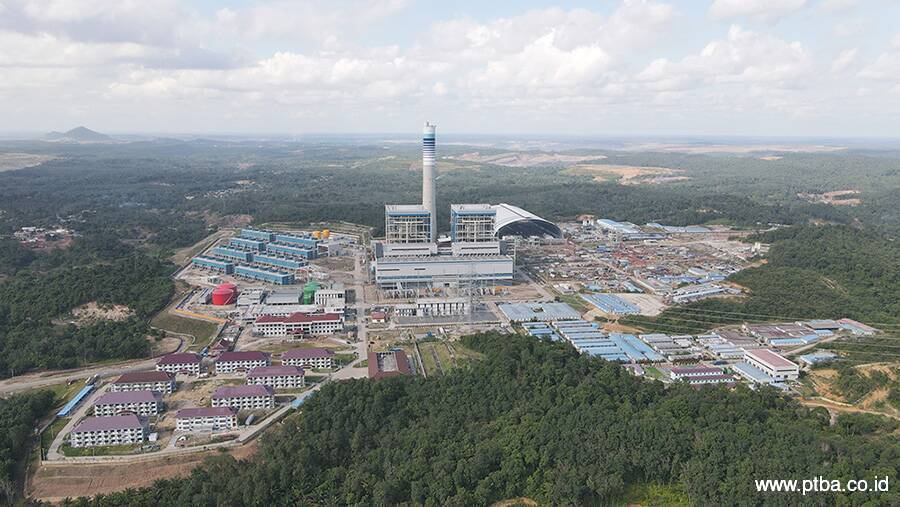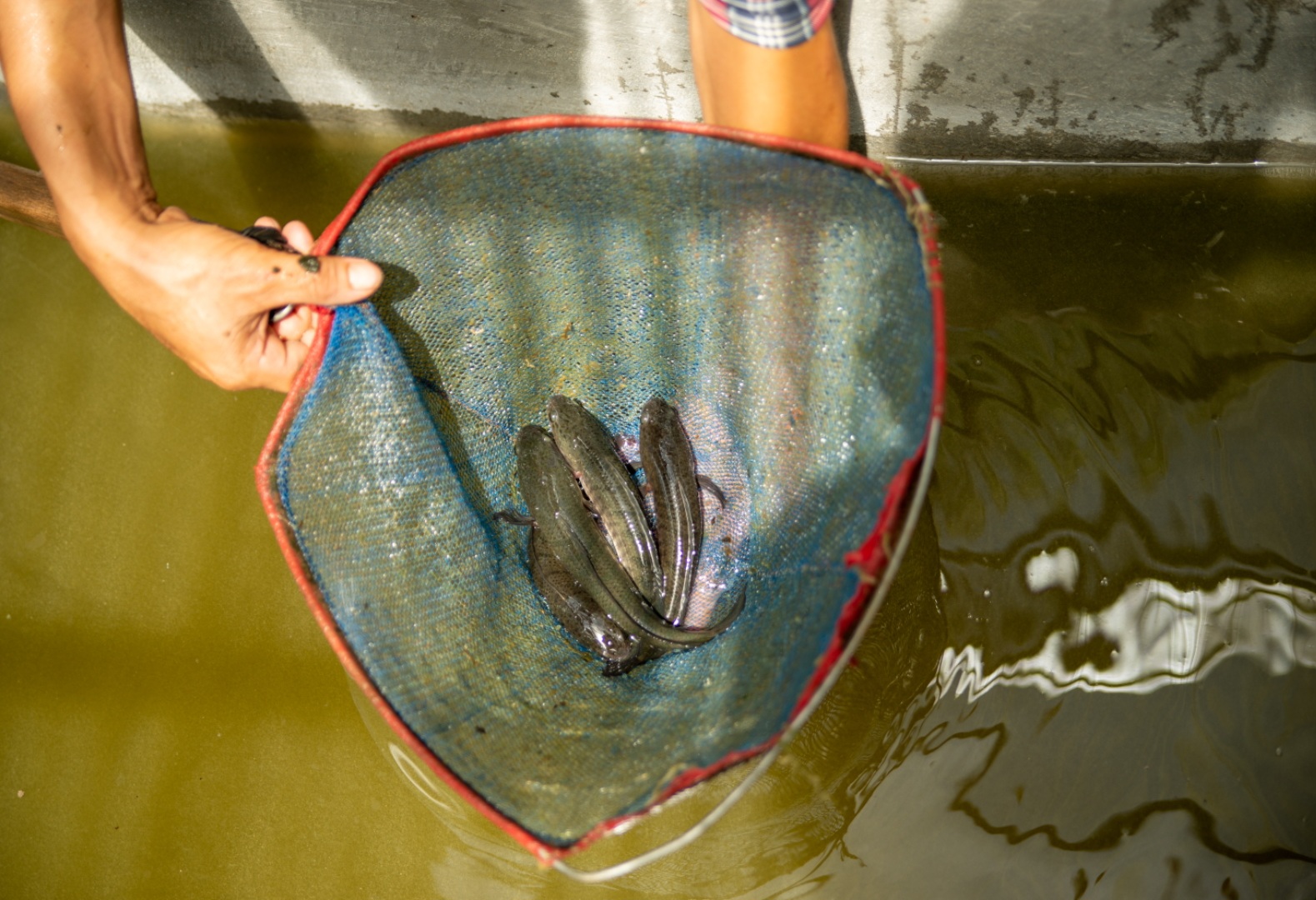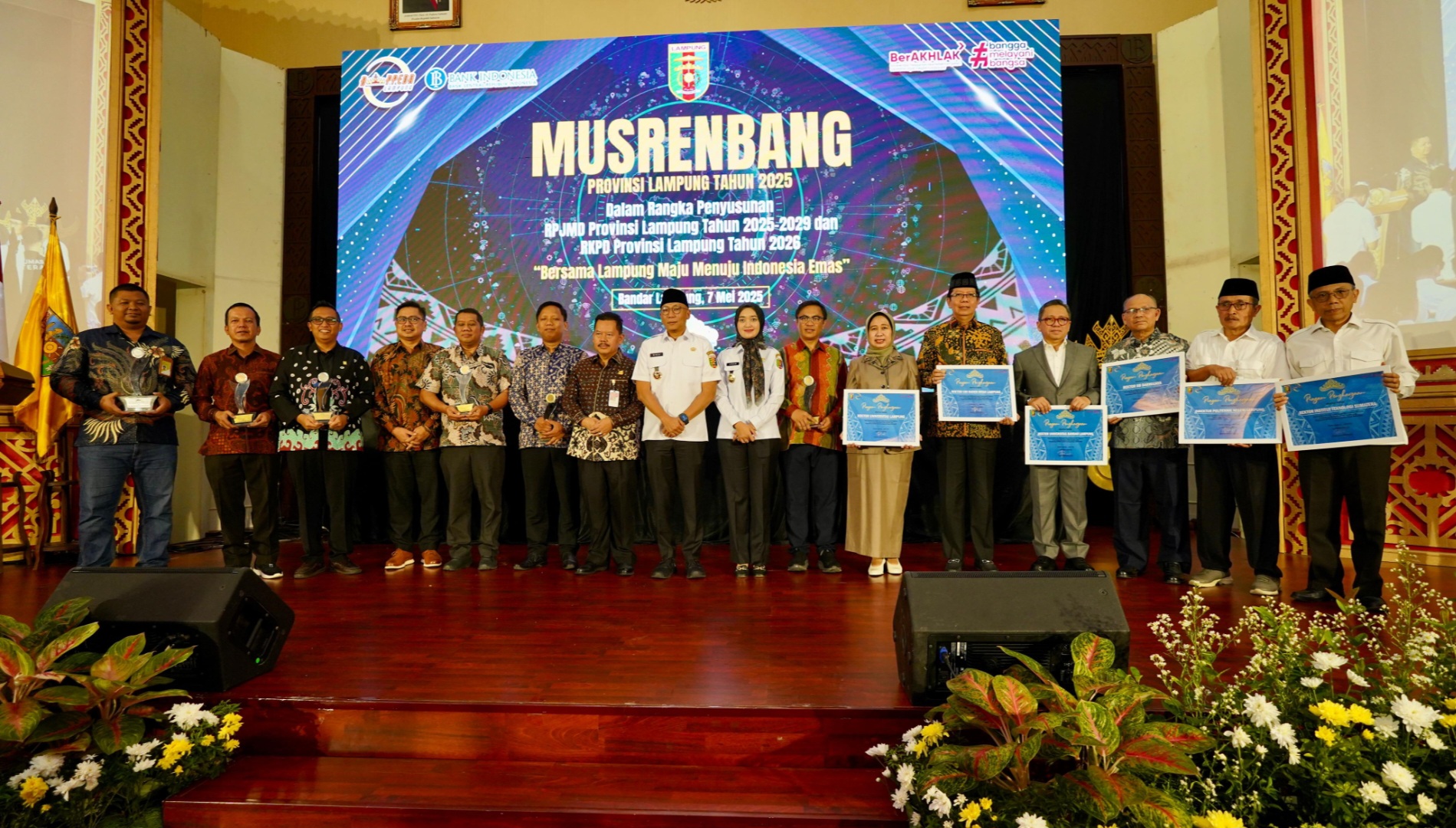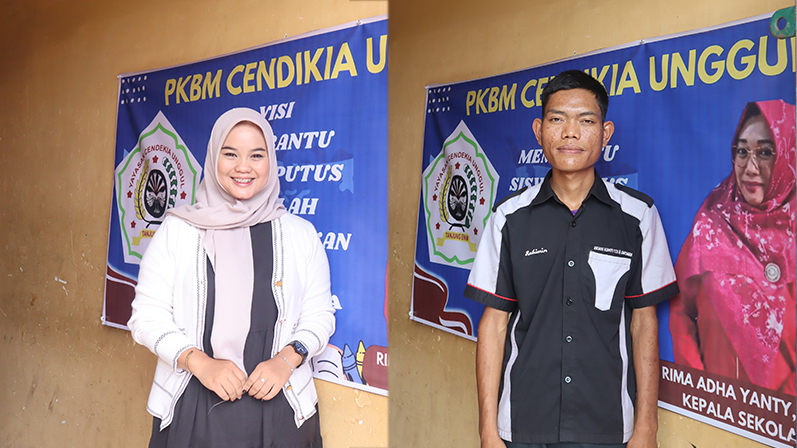 The Sumsel-8 Mine Mouth Steam Power Plant, which has an installed capacity of 2x660 MW, uses special technology to reduce emissions. This plant was developed, built and operated by PT Huadian Bukit Asam Power (HBAP), a strategic collaboration between PT Bukit Asam Tbk (PTBA) and China Huadian Hongkong Company Ltd (CHDHK).
The Sumsel-8 Mine Mouth Steam Power Plant, which has an installed capacity of 2x660 MW, uses special technology to reduce emissions. This plant was developed, built and operated by PT Huadian Bukit Asam Power (HBAP), a strategic collaboration between PT Bukit Asam Tbk (PTBA) and China Huadian Hongkong Company Ltd (CHDHK).The MT Sumsel-8 Steam Power Plant or also known as the Tanjung Lalang Steam Power Plant uses super critical technology. According to Dody Arsadian, Deputy President Director of HBAP, with this technology and depending on the type of coal available, water vapor is heated at very high temperatures and pressures in super critical conditions.
This condition results in no discernible phase shift (from water to steam) since the water is always in a supercritical state, which means that heating and evaporation processes occur continually.
Super critical technology can reduce the amount of coal fuel consumed and the emissions produced. This makes it more environmentally friendly than conventional steam power plant technology, as steam power plants using supercritical technology can produce more energy with less fuel.
Utilizing this technology aligns with HBAP's long-term goal of becoming a trusted world-class electricity provider focusing on sustainable principles. Tanjung Lalang Steam Power Plant is expected to function more effectively, provide a broad positive impact to the community and support Sumatra Electricity System meeting its energy demands. Tanjung Lalang Steam Power Plant is also equipped with an Electrostatic Precipitator (ESP), which is equipment to capture particles (exhaust gas dust/combustion residue) using the electrostatic principle.
Furthermore, Tanjung Lalang Steam Power Plant uses Flue Gas Desulphurization (FGD) technology, which combines gas emissions from coal combustion with chemical reactions and a binder in the form of wet lime (CaCO3) to reduce the amount of sulfur dioxide (SO2) emitted into the atmosphere.
Tanjung Lalang Steam Power Plant also make use of fly ash and bottom ash (FABA), or coal combustion ash, to support sustainable development in a circular economy. FABA is currently being used as a raw material in cement production. Other applications are being developed, including for building materials, acid mine water prevention materials, planting media, etc.








